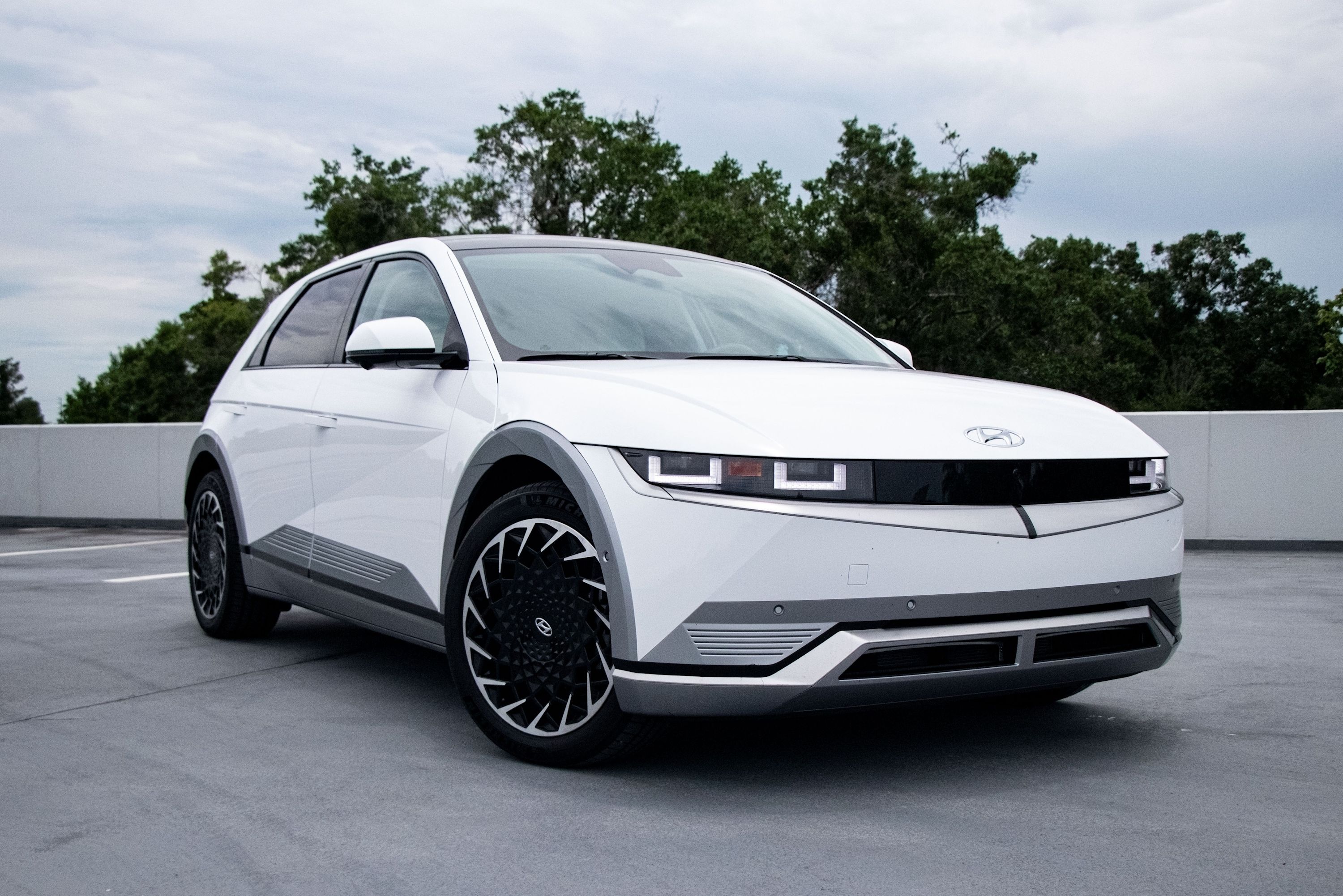
The Environmental Protection Agency (EPA) is cracking down on gas-guzzling cars and the automakers that produce them like never before. New, stricter federal greenhouse gas (GHG) emissions standards have been finalized for passenger cars and light trucks, affecting 2023 to 2026 Model Year vehicles. Effectively, the new rules would result in a fleetwide real-world average of 40 mpg in 2026. That's a lot higher than the Trump-era emissions standard which would have seen the average consumption rule increase to only 32 mpg by 2026. The new rules are not a great surprise considering the Biden administration's strong push for the widespread adoption of electric vehicles.
"The final standards, for Model Years (MY) 2023 through 2026, leverages advances in clean car technology to unlock $190 billion in net benefits to Americans, including reducing climate pollution, improving public health, and saving drivers money at the pump," said the EPA in a statement.
The EPA estimates that for a MY 2026 vehicle, on average and over its lifetime, the fuel savings "will exceed the initial increase in vehicle costs by more than $1,000 for consumers." Furthermore, the EPA estimates that by MY 2026, the final standards can be met if sales of new vehicles are made up of 17 percent EVs.
17 percent of new vehicle sales by 2026 would mean that EV uptake must be accelerated rapidly over the next few years, and especially to meet Biden's goal of 50 percent EV sales by 2030. For automakers, the challenge will continue to be in bringing more affordable EVs to the market. A great example is the Hyundai Ioniq 5 which costs just over $32,000 after applying the federal tax incentive. In truck-obsessed America, electric pickups will play a big part in meeting these new emissions standards, especially as gas-powered trucks are notoriously thirsty. The Ford F-150 Lightning will tell us a lot about how ready Americans are to make the switch, but the early signs are promising.
